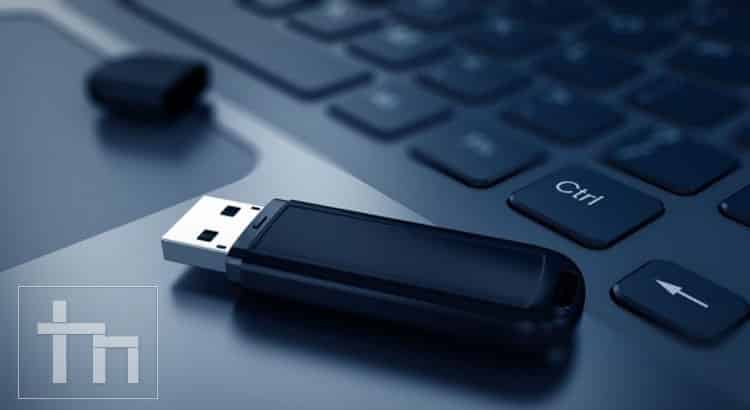If you're using a MacBook with USB 3-C ports, you will likely need an adapter to go between USB 3-C and USB 3. Apple is the primary source for this type of adapter, but as USB-C gains popularity, you will be able to find third party suppliers at reasonable prices for the adapters. Using a Mac with at least OS X 10.6.8 installed, access the Mac App Store and download the Lion (10.7) or Mountain Lion (10.8) app installer. Insert the USB drive into the Mac and launch Disk.
These advanced steps are primarily for system administrators and others who are familiar with the command line. You don't need a bootable installer to install macOS, but it can be useful when you want to install macOS on multiple computers without downloading the installer each time.
Download macOS
- Download a macOS installer, such as macOS Mojave or macOS High Sierra.
To download macOS Mojave or High Sierra for this purpose, download from a Mac that is using macOS Sierra 10.12.5 or later, or El Capitan 10.11.6. Enterprise administrators, please download from Apple, not a locally hosted software-update server. - When the macOS installer opens, quit it without continuing installation.
- Find the installer in your Applications folder as a single ”Install” file, such as Install macOS Mojave.
Use the 'createinstallmedia' command in Terminal
- After downloading the installer, connect the USB flash drive or other volume you're using for the bootable installer. Make sure that it has at least 12GB of available storage and is formatted as Mac OS Extended.
- Open Terminal, which is in the Utilities folder of your Applications folder.
- Type or paste one of the following commands in Terminal. These assume that the installer is still in your Applications folder, and MyVolume is the name of the USB flash drive or other volume you're using. If it has a different name, replace
MyVolumeaccordingly.
Mojave:*
High Sierra:*
Sierra:
El Capitan: - Press Return after typing the command.
- When prompted, type your administrator password and press Return again. Terminal doesn't show any characters as you type your password.
- When prompted, type
Yto confirm that you want to erase the volume, then press Return. Terminal shows the progress as the bootable installer is created. - When Terminal says that it's done, the volume will have the same name as the installer you downloaded, such as Install macOS Mojave. You can now quit Terminal and eject the volume.
* If your Mac is using macOS Sierra or earlier, include the --applicationpath argument. The Sierra and El Capitan commands show the proper format of this argument.
Use the bootable installer
After creating the bootable installer, follow these steps to use it.
- Connect the bootable installer to a compatible Mac.
- Use Startup Manager or Startup Disk preferences to select the bootable installer as the startup disk, then start up from it. Your Mac will start up to macOS Recovery.
Learn about selecting a startup disk, including what to do if your Mac doesn't start up from it. - Choose your language, if prompted.
- A bootable installer doesn't download macOS from the Internet, but it does require the Internet to get information specific to your Mac model, such as firmware updates. If you need to connect to a Wi-Fi network, use the Wi-Fi menu in the menu bar.
- Select Install macOS (or Install OS X) from the Utilities window, then click Continue and follow the onscreen instructions.

Learn more
For more information about the createinstallmedia command and the arguments that you can use with it, make sure that the macOS installer is in your Applications folder, then enter this path in Terminal:
Mojave:
High Sierra:
Sierra:
El Capitan:
Though the full version of Avast Antivirus must be installed in a computer, the Avast Virus Cleaner and Removal Tool can be installed on a USB drive. You can then use the USB drive as a portable cleaning tool to run during the startup process. The Avast Cleaner and Removal tool removes viruses and malware, such as rootkits, that load along with the operating system.
Step 1
Open a Web browser and navigate to the Avast Cleaner and Removal Tool download page (link in Resources).
Step 2
Click one of the download links on the right side of the page to download the EXE file.
Step 3
Click the “Save” or “Save As” button to save the EXE file to your hard drive.
Create A Bootable Usb Windows 10
Step 4
Insert the USB drive into a free USB port on the computer. The USB drive registers to the operating system as a removable drive.
Step 5
Open the Charms bar and click the 'Search' option, and then type 'Computer' (without quotes) into the Search input box. Click the 'Search' icon. Click the 'Computer' link in the search results on the left side of the screen.
Step 6
Click on the “Removable Drive” icon for the USB drive. A window opens to display the contents of the drive.
Step 7
Drag the Avast Cleaner and Removal tool EXE file onto the USB drive window and drop the file into place. The Avast Cleaner and Removal tool is copied to the USB drive.
Double-click the EXE file to run the Avast tool from the USB drive. Click the “Start Scanning” button to begin the virus scan.
Create A Bootable Usb Drive Windows 7
Warning
- Though the Avast Virus Cleaner and Removal Tool is available from freeware and shareware download sites, the product has been discontinued by Avast. No support is provided by the company.